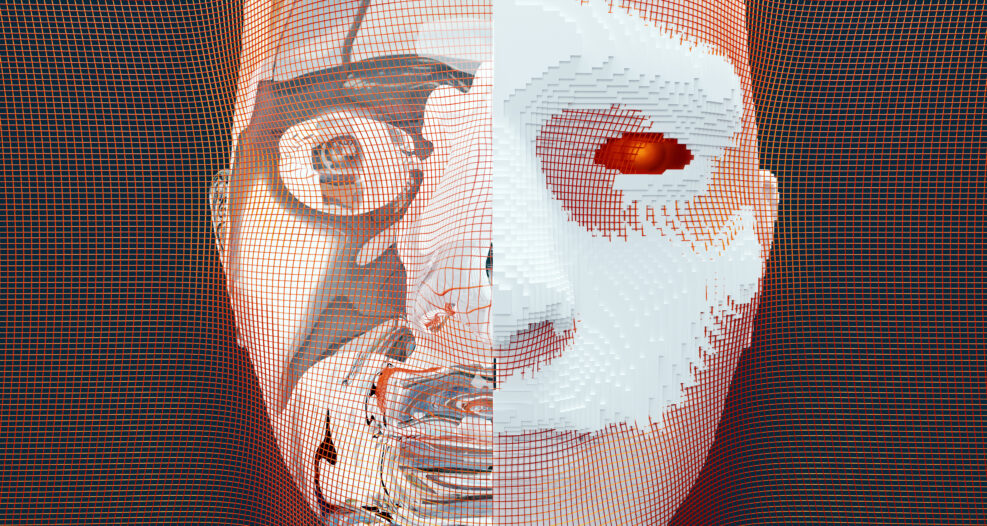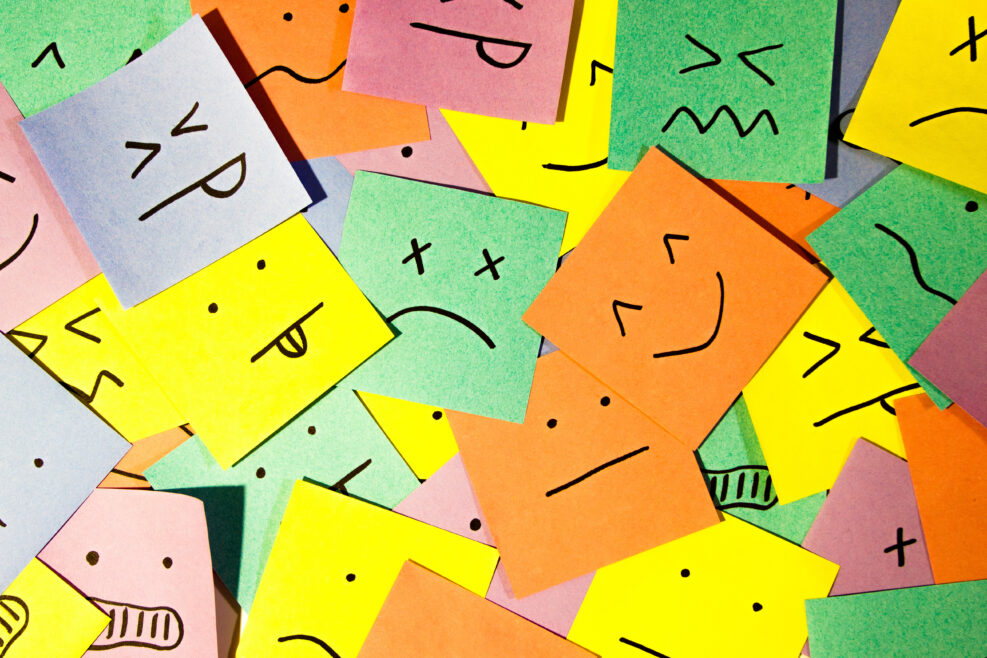
Can Deepfakes Substitute for Actors?
Would you care if the actor is a real person or not?When our Walter Bradley Center director, Robert J. Marks, was discussing with Eric Holloway the events that really made a difference in AI, one very interesting issue that came up was the use of deepfakes to substitute for actors in films. Robert J. Marks: Eric, how is Disney using deep fakes in entertainment? Eric Holloway: Well, Disney is using deep fakes and entertainment as a way to capitalize on not having to hire lots of really expensive actors. So you can have a few expensive actors, they do their thing, and then you copy their body movements and face. And now you can just hire a bunch of cheap actors and stick the expensive actors faces on them. Or you Read More ›
